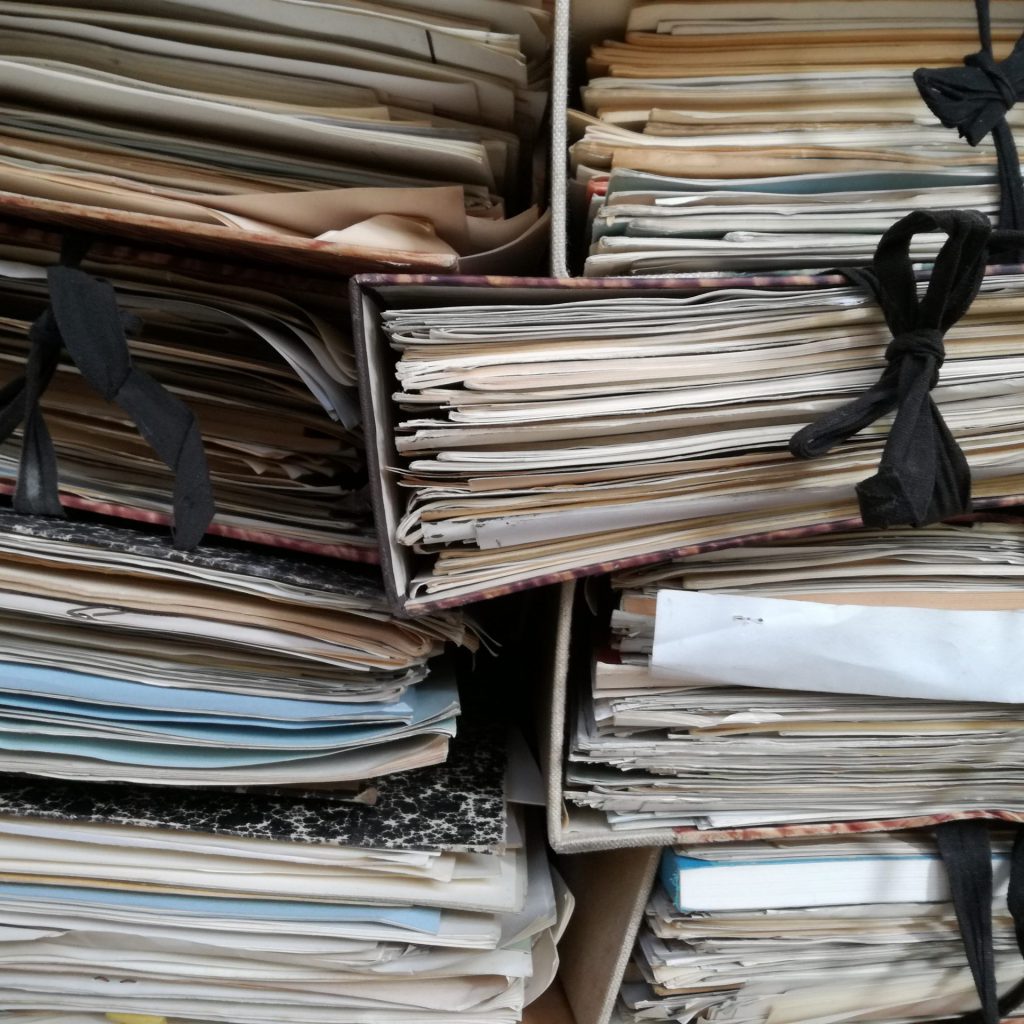5 ways to find out if an MTC (Material Test Certificate) is fake
SteelTrace came up with a solution that makes it impossible to copy certificates
We all find it annoying, but we know they exist: fakers in the steel industry. Counterfeiters of certificates not only undermine confidence in the steel supply chain, they sometimes even contribute to failures and errors within a project. That’s why SteelTrace has decided to investigate the entire steel supply chain and collect tips to prevent the use of the wrong steel.
This research resulted in five important tips, each of which can be applied at different points in the supply chain. Are you also dependent on quality steel? These are the 5 best ways to find out whether the steel you buy really meets the specifications of the project.
1. Fake customer
Many products are manufactured on request. This means that you can verify the authenticity of the customer for whom the product is intended. Many certificate counterfeiters come up with a customer who eventually turns out not to exist.
For example, once there was a certificate that was made for a company in Houston, while it ended up somewhere at a stockist in the Middle East. During an initial inspection, the mill turned out to exist, and that type of product is also manufactured by that mill, but the customer for whom the product was intended did not exist at all.
2. Large quantities are reported in tests and treatments
Luckily for us, fakers are lazy sometimes. This results in the re-use of tests that have been done on the products. Because large quantities of products often require multiple tests and associated tests, the fakers sometimes fall through the cracks. Very few tests have then been conducted to represent a large number of products.
3. The mill is wrong – the product is not manufactured here
To fake a certificate, it is tempting to mention a mill that has a good reputation. But if you look closely, you will see that the product on the fake certificate is sometimes not made in that mill at all.
So, it’s always useful to know if a certain mill makes a product or not, because this is a good indication that a product does or doesn’t really belong to the certificate. Through the website or helpdesk of the mill you can find out relatively quickly whether or not these types of products are fabricated at that location.
4. Tracing the heat number
Each product is tagged with a heat number. This number tells everything about the chemical composition of the material. Of course, the same chemical composition must also be mentioned on the certificate. You can quickly find out if a certificate is real by calling the mill and asking about the chemical composition and the test results. If they do not match the certificate, there is a good chance that the certificate is fake, or that it has been tampered with.
5. Perform a PMI on alloys
Perhaps the best way to find out if a product belongs to a certificate is to run a PMI on the material. Because the fakers are often lazy and most likely don’t know the exact composition of a product, you can quickly confirm whether a certificate is real by means of a test. Even if a certificate is copied from a real product, it is very difficult to guess the exact composition of a product. This is therefore a decisive way to find out whether the product belongs to the certificate.
The solution to always buy the right product
The five methods mentioned above have been used by the steel industry for many years, mainly to distinguish fake products from the real ones. But going through all these steps has one drawback. They take time. That’s why SteelTrace came up with a solution that makes it impossible to copy certificates, while still saving a lot of time.
Using blockchain technology and an online platform, SteelTrace has managed to ensure the traceability of every piece of steel. The result? An environment in which products are automatically verified, using mill data, produced quantities and end-user specifications. This saves costs and time, while restoring confidence in the steel supply chain and its products.
Want to know more about SteelTrace and how our technology can support the steel industry or your business? Watch our webinar. This took place on 23 July, at 16:30 CET.




